Resources
Blog Authors
Blog Categories
Silver Sponsor
Resource Blogs
Reducing an Organization's Risk and Liability by Addressing the Entry
Mitigating risk and liability starts with controlling access to the entry points of a facility. In fact, a regulated mandate that is of major concern to the security professional is the requirement to restrict physical access to a building. Several regulatory standards specifically call out tailgating as a clear violation of compliance.
read more -->

Stay Safe! While Traveling This Summer
It’s summer vacation time! The last thing you need to worry about it is getting your identity stolen while you’re sitting on a beach somewhere exotic. In 2016, more than 15 million Americans were victims of identity theft, up 16 percent from the previous year, according to Experian. Plus, about 33 percent of that fraud took place when people were traveling.
Here’s a few tips to staying safe all summer while traveling...
read more -->

Rethinking Cabling
Cat 5e became an ANSI/TIA/EIA standard in 2001, Cat 6 in 2002, and Cat 6a in 2008. However, it may be extremely useful to consider taking advantage of other existing cabling infrastructure in lieu of running new. Read more to learn how to approach cabling.
read more -->
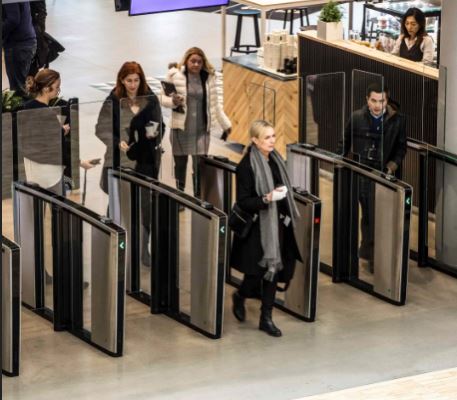
Security Entrances and Active Shooter Preparedness
It’s unfortunate that one of the biggest topics in our industry today is “active shooter.” Once a rare event, it’s now in the news almost weekly and sometimes daily. To an organization, the impacts range from death and property damage to long-term disruption of business continuity.
Organizations today have to take the threat seriously and deploy a number of tactics to get ahead of an active shooter event. These strategies include, but are not limited to, conducting more effective employee screenings and providing counseling; preparing emergency kits; performing safety drills on a regular basis; and rolling out physical security measures to deter, detect or prevent an active shooter from infiltrating and moving throughout the building.
read more -->
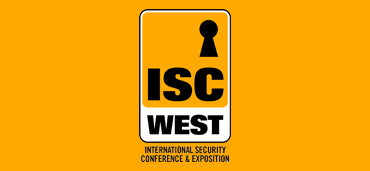
Off the Beaten Path at ISC West
This year at ISC (the International Security Conference and Exposition), I was determined to try to see the latest iStechnologies hiding in the nooks and crannies—literally! I visited booths in the back, the basement, small kiosks hidden inside larger vendor books, and throughout the Emerging Technology Zone.
In case you missed the show, I’ll round up some of the best new technologies and companies to keep an eye on. Read more.
read more -->

Cyber Crime Taking Down Cities
Earlier this year, in March, the City of Atlanta’s nearly 8,000 employees heard words they never thought they would hear: “It’s okay to turn your computers on.” Their computers were powered off for five days. In those five days Atlanta residents could not pay traffic tickets, water bills, or report city issues. Read how ransomware impacted this metropolitan area.
read more -->

A Few Thoughts on K-12 School Security
There is no one size fits all when it comes to K-12 school security. Schools vary in so many ways: size, age, local environment, affluence, culture, governance, and more. Read some helpful tips and resources that might just help your school be better prepared.
read more -->
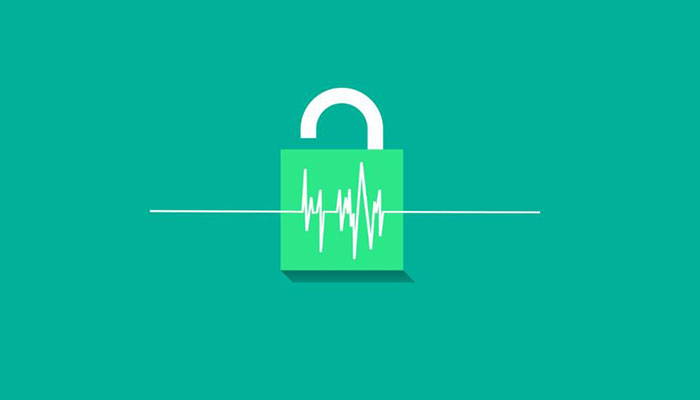
Voice Identification: Not Just for the Chatty Kathy
Learn the meaning of micro-articulometry. A term for the technology used to deduce human profile parameters, employing Artificial Intelligence (AI) to discover micro-patterns (or micro-signatures) contained in speech. And how this technology is coupling with security.
read more -->
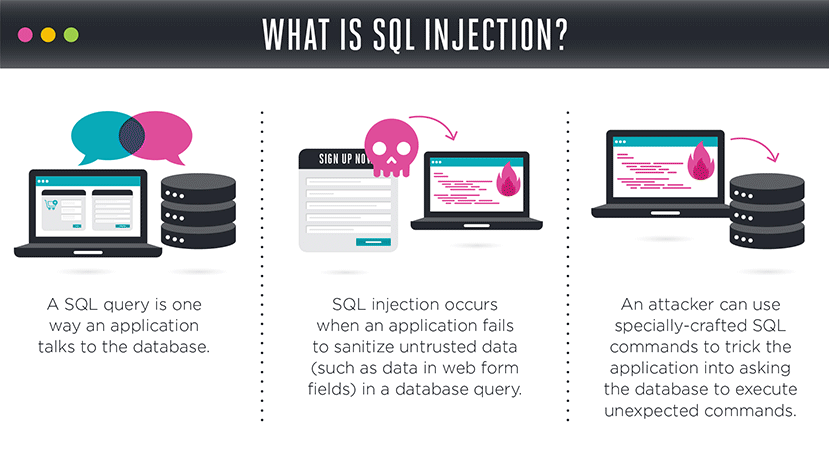
The Lethal Injection
Have you ever heard of SQL Injection?
If you’re thinking that it’s some type of cyber term, you’re right.
But, if you’re thinking that it won’t affect you, think again.
read more -->

Hurricanes + Security Breach
As the nation watched Hurricane Irma and Hurricane Harvey plummet the south, it was reminded how destructive water can be and how sensitive security is in times of natural disaster. SecuritySpecifiers sends our support to everyone affected by the hurricanes.
read more -->
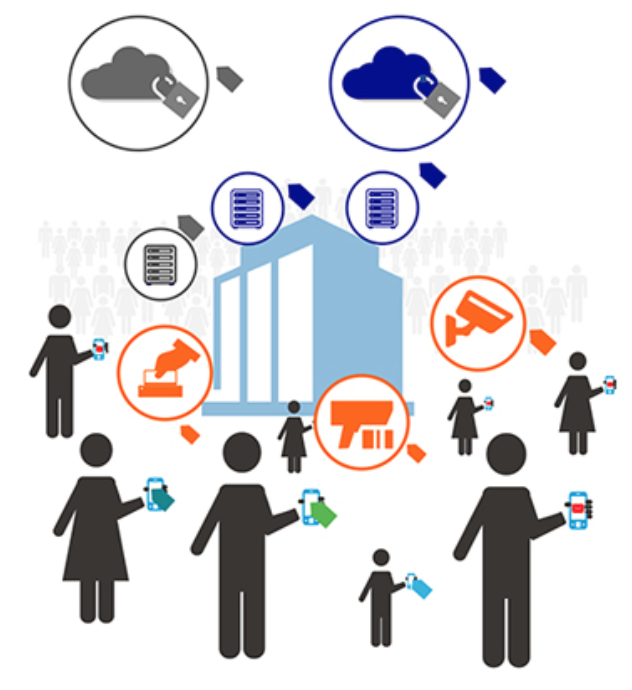
Not Your Everyday Tool Kit
I recently had the chance to take a course in Penetration Testing, which is designed to teach you how to hack so that you know how to prevent getting hacked. Among the suite of tools I’ve been exposed to is the Social-Engineer Toolkit (SET). Read more on how you can leverage this tool and why you should be.
read more -->

Why Artificial Intelligence is Crucial to Cyber Security
Artificial Intelligence or AI is so much more than virtual reality, robots, and video games. In fact, a lot of AI development is spent in the cyber security space: especially with the creation of ransomware and more sophisticated malware.
Microsoft, Google, Cisco, Symantec, and more of the top tech companies in the world are all investing on enhancements around AI and cyber security. But how?
read more -->
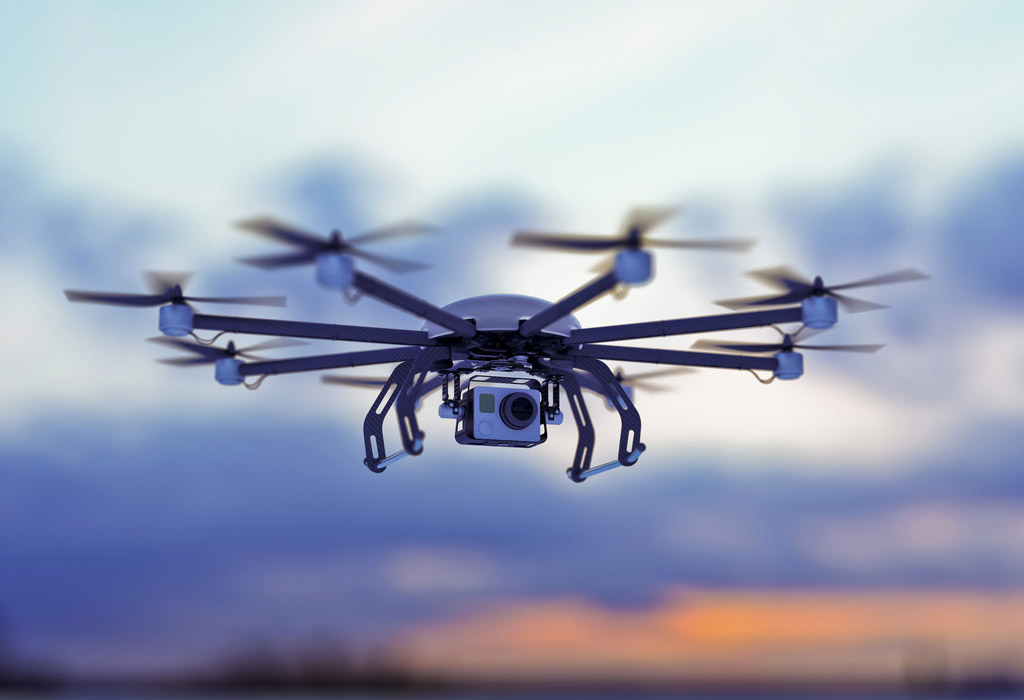
Droning On About Technology
Drones are part of the future landscape of security technologies and security threats. In fact, drones are projected to increase from 2.5 millions units in 2016 to up to 7 million by 2020, according to the FAA. But will drone technology be helpful or harmful (or both) to the security industry?
read more -->
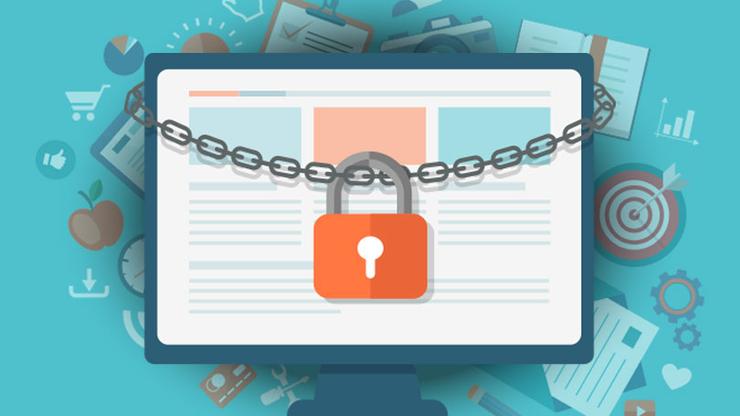
Kidnapping Your Computer
Ransomware is no joke: It’s a type of malicious software used to block access to your data, or threatens to publish and/or delete the data until a ransom is paid to the hacker. Obviously, there’s no guarantee that paying a ransom will return access to you or information or that hacker won’t publish or delete the data. In turn, your computer’s stuck. Read about how you can protect.
read more -->

How is the Security Industry Responding to Infrastructure Threats?
More than 57,000 industrial control systems (known as SCADA – Supervisory Control and Data Acquisition) are connected to the Internet in our country, many with similarly conceived control systems. See how this impacts security and why we should all be concerned with cyber threats.
read more -->

Apps Designed to Make Your Smartphone Safer
Biometrics are a newer solution to an age old problem when it comes to cellphones. But using your fingerprint to unlock your phone is no longer a novelty. Have you thought about what happens when your fingerprints are stolen? When your photo is cloned? Read more to see what apps can make your smartphone smarter.
read more -->
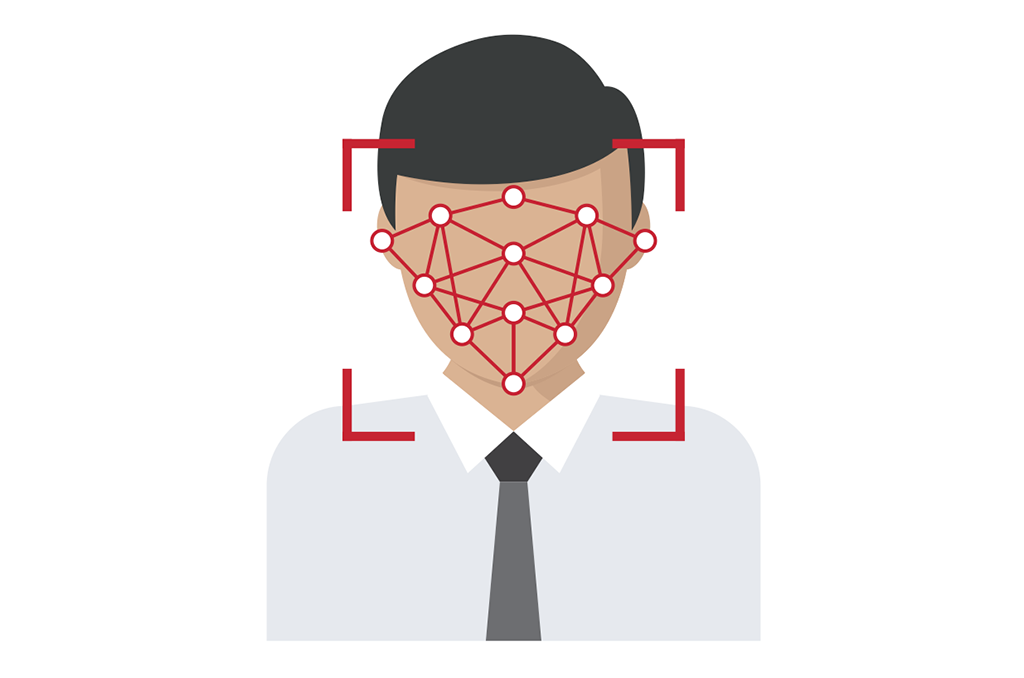
Biometrics and the Future of Travel
Is a fingerprint or iris scan more useful than a photo? Read how some airports have deployed biometrics to travel.
read more -->
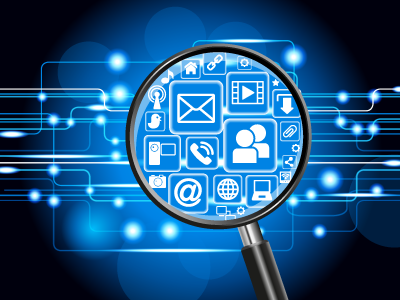
The Who’s Who of Cyber Threat Intelligence
What was once reserved for the most top-secret conservations is now available to a larger group of people. Cyber threat intelligence is a strategic and operational procedure to fuel many processes and risk management decisions. It also needs to fit your audience because cyber threat intelligence means different things to different people within your company.
Read our breakdown of what this means.
read more -->

Security Design Award
The Elliot A. Boxerbaum Memorial Award will be presented to a consulting or engineering company that designed and specified a completed security design project in 2016. The award will be given to the top project that showcases collaboration, design excellence, uniqueness, creativity, and administration factors.
read more -->
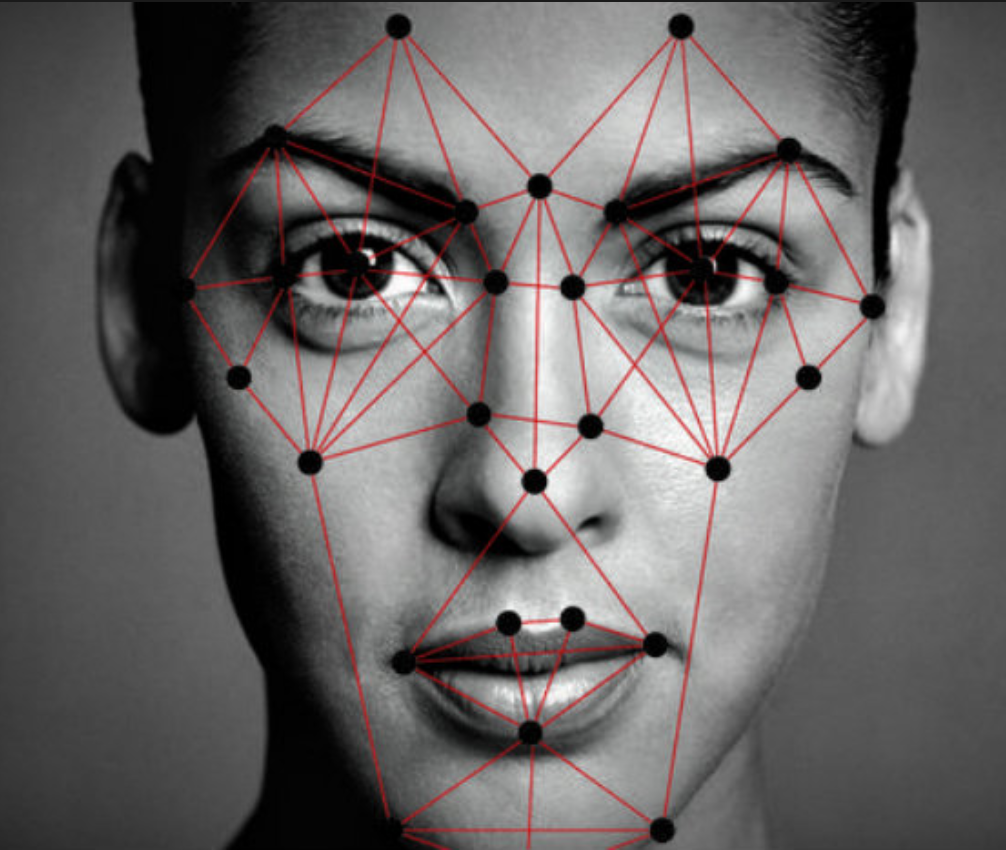
Trending Now: The Faces of Facial Recognition
With significant advancements in available processing power and artificial intelligence (AI), there is no sign that facial recognition will abate. Recently, General Motors announced a system that will monitor a driver’s face to determine if he/she is actually paying attention to the road while the vehicle is in cruise control—effectively using AI to monitor certain behaviors instead of for authentication purposes. In addition, Australia is promoting the use of facial recognition software in airport security by 2020 so it can maintain a more proactive approach to security.
read more -->

Global State of Information Security
From April 4, 2016 to June 3, 2016, PricewaterhouseCoopers (PWC), and CXO Media (publications CIO, and CSO) conducted “The Global State of Information Security Survey 2017. While clearly meant for the IT sector, I found several areas of interest to the broader security market.
read more -->
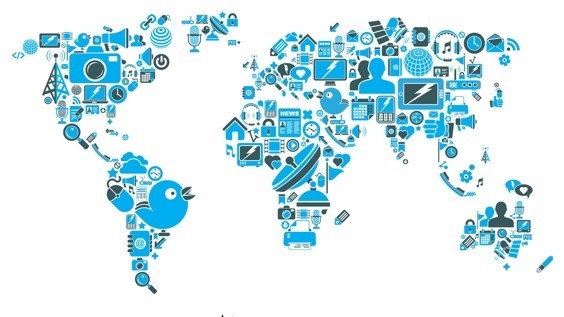
The Internet of Things or The Internet of Trouble?
While attending SIA’s October Securing New Ground Conference, I was asked to moderate a session on the Internet of Things. Not quite sure what that means? Well, do you have a pacemaker? How about a DVR? The Internet of Things (IoT) refers to the billions of connected devices in our world—some say up to 200 billion devices will be connected by 2020.
read more -->

Pa55w0rd Pr0bl3ms
Sick and tired of forgetting your password for important information? Concerned that you use one password for everything? With the right software, you can update your technology and better secure your digital information.
read more -->
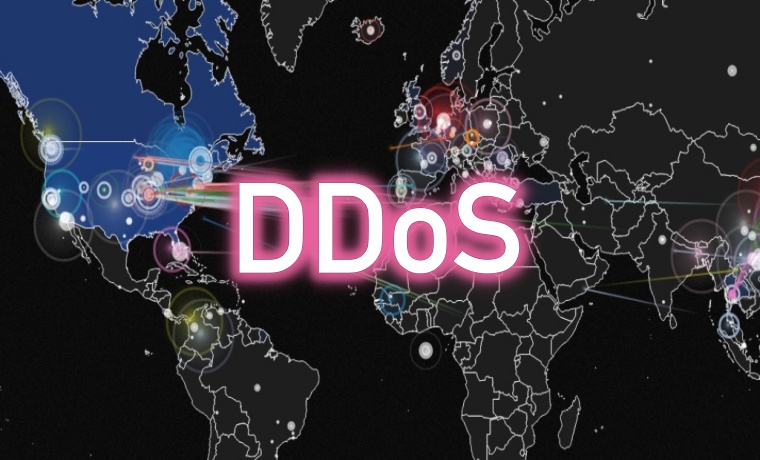
The IoT: Embrace Opportunity and Manage Risk
It seems like everything today is getting connected: your car, garage doors, refrigerator, phone, and camera—the list goes on. Security researchers have long warned that this relatively new technology comes with its own share of security issues (see our recent post on Brian Krebs for more background of the Internet of Things). But, how can we protect ourselves from the imposing risk in being constantly connected?
read more -->
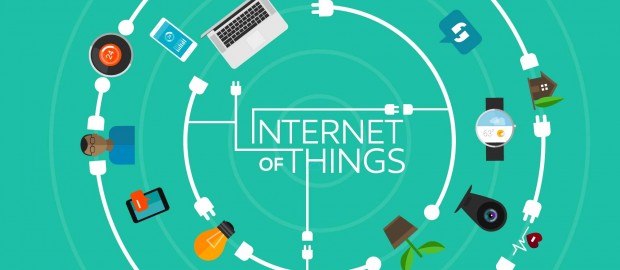
The Internet of Trouble
Once defined and restricted by proprietary technology, the security industry has now become part of the movement embracing open connectivity and the Internet of Things, or IoT. The flexibility and simplicity of connecting devices and sensors to our systems is great, but it comes with new vulnerabilities and opened up the opportunity for more risk.
read more -->

Neuromorphic Image Sensors Inspired By The Human Eye
New research shows machines can capture moving images more efficiently through prioritizing dynamic parts of the scene as light changes. Read more about this advanced neuromorphic technology and how it is impacting the security industry.
read more -->

The State of Security Video Analytics
Examines the current state of video analytics technology
& considerations for modern deployment.
read more -->

Maintaining a Global Security Focus
Cyber security is an ever-growing problem, and for widespread operations, hunkering down in silos is probably not the answer. Here’s a few thoughts to apply to your global security team.
read more -->
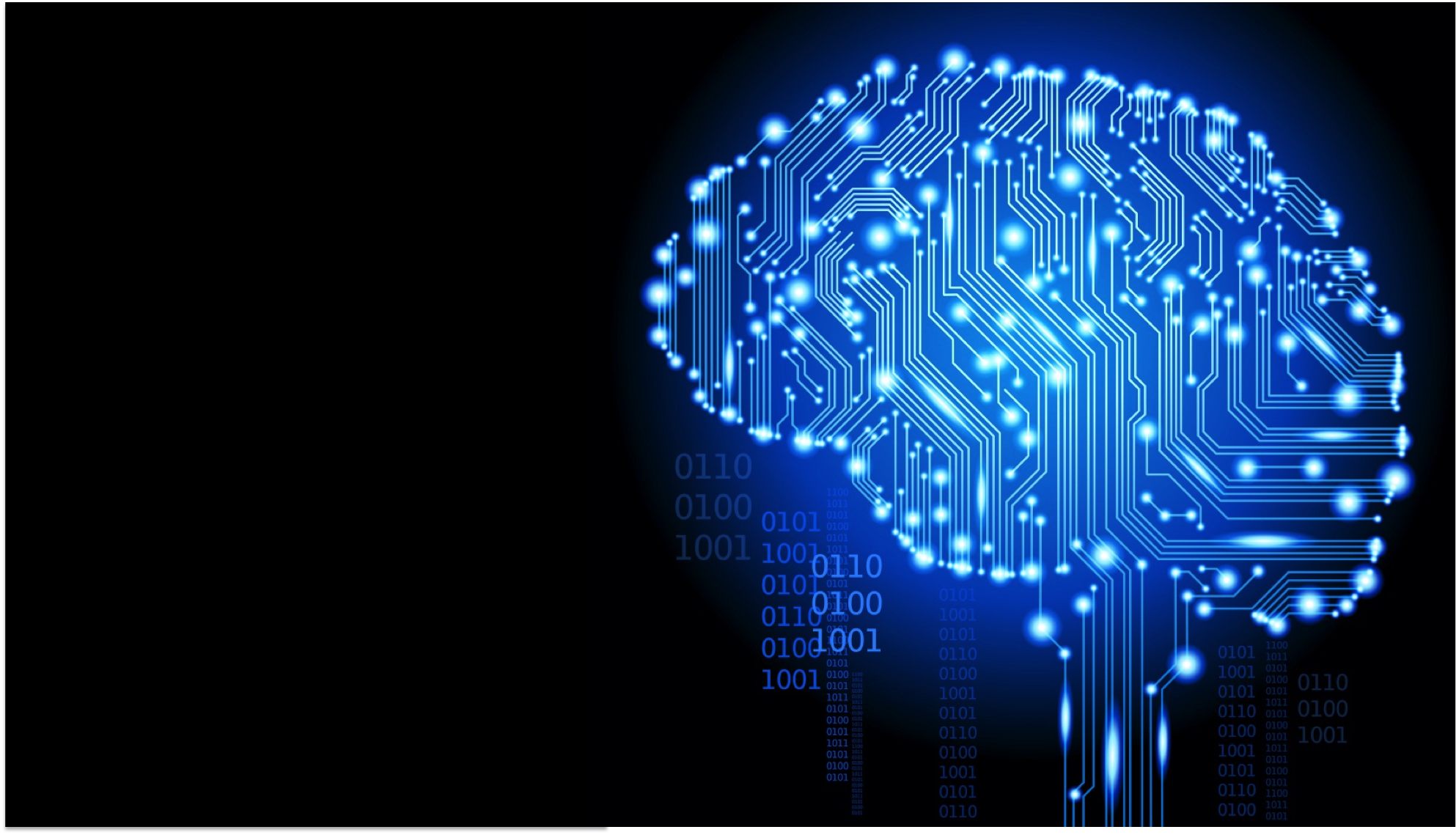
Cloud-based Deep Learning Neural Networks
In case you missed it, Facebook has artificial intelligence (AI). It’s there to help you tag your friends in photo albums by facial recognition and aids in search queries. And they’re not alone. AI is one of the hottest, fastest growing technologies when it comes to making sense of loads of data. Read how cloud-based deep learning is impacting the security world.
read more -->

Big Data and Privacy for Physical Security
Examines the business expectations regarding big data supported security technology including privacy.
read more -->

The Buzz About Security Convergence
Everyone these days is talking about convergence and security. We summed up some of the top 5 current trends that are blurring the lines between traditional security paths.
read more -->

The Basics Behind Converging IT and Physical Security
Are you thinking about merging your physical security with your cyber security? We’ll cover what it means to converge your security and what you can expect through any payoffs and pitfalls.
read more -->

Biometric Security For All, Including Your Bank
Frustrated by thieves stealing personal data from millions of customers, banks are investing in biometric technology to offer better security. Read our take on a recent NY Times article.
read more -->
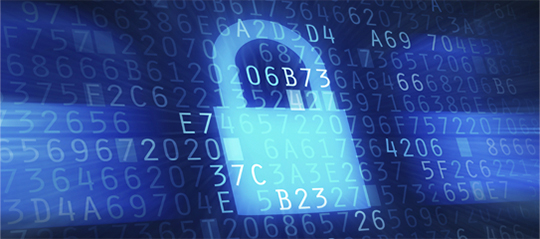
Study Shows Cybersecurity is Not a Priority for Small Businesses
A study by Barclaycard shows that in more than 250 small companies polled, only 20 percent viewed cybersecurity as a top business priority. But almost half admitted to falling victim to a cyber attack within the past year, and 54 percent admitted to being fearful of a cyber hack. So why isn’t cyber security a bigger priority?
read more -->

Considering a Security Consultant?
Most anyone selling a security product can call themselves a 'security consultant' or 'security advisor', but what really matters when considering a consultant for security project design?
read more -->

Today's Top Trends in Cyber Security
Protecting information online should be a top priority for all. From encryption and decryption, to block chaining and protecting databases, we rounded up three of today’s most interesting trends in cyber security.
read more -->

PSIA Primer
In my last column, I provided thoughts on the ONVIF specification effort, which was initiated in 2008 by Axis, Bosch, and Sony. This month, I'll turn my attention to another effort to drive system interoperability. Also founded in 2008 by over 20 companies, including Cisco, Honeywell, GE (now UTC), and Tyco, that organization is the PSIA, short for the Physical Security Interoperability Alliance (www.psialliance.org). Although neither have the power of a true standards making organization, I believe that either would claim success if their efforts became de-facto standards and widely adopted by both manufacturers and specifiers.
read more -->
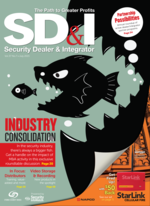
The Inside Scoop on ONVIF
ONVIF was originally organized as the Open Network Video Interface Forum in 2008 by Axis, Bosch, and Sony. With IT standards in mind, these companies realized that standards for devices and clients to communicate and operate with a high level of functionality would be vital to the long term health of the industry. Today, ONVIF has 31 Full Members, an additional 21 Contributing members, and another 454 User Members (see the ONVIF web site www.onvif.org.) The initial focus was on video systems.
read more -->

PSIM Possibilities
In the December 22, 2014 Fortune Magazine article, 'How to Invest in the Internet of Things', the author, Erin Griffith states,'For now the potential of the Internet of things radically outpaces the reality. Research firm Gartner predicts the hype will soon collapse into a 'trough of disillusionment,' followed by a 'slope of enlightenment,' and then, eventually, a 'plateau of productivity.' Notes Tim Herbert at CompTIA: 'We often overestimate a technology's impact in the short term and underestimate it in the long term.'' This reflects my own thinking on the evolution of impactful technologies, and we have two great examples of this in physical security - video analytics and PSIM. Didn't we see all of the early hype surrounding video analytics dissipate into disillusionment, only to witness the technology become mainstream, reaching the 'plateau of productivity' in cameras and VMS systems? PSIM also had great early promise with upstart companies tackling enormous information management problems, only to see many of those acquired (think Verint, NICE, Tyco) and their technologies evolve into broader, more capable product offerings.
read more -->
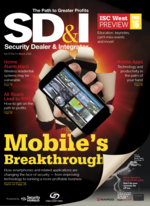
IT Security in the Spotlight
PSA is aggressively taking a lead role in initiating an industry conversation and awareness of Cyber Security issues. Why PSA? The answer lies in its commitment to its owners, members, and partners to educate and position them to deliver the highest level of security to their customers. Today, that must include cyber security.
read more -->

Remote Power Management
I recently read a whitepaper from Minuteman Power Technologies dealing with the subject of remote power management that discusses the need for a capability to remotely reboot devices through power cycling, as well as proper procedures and associated economics. What should 'management' really mean when it comes to power? Clearly, the answer involves more than just recycling power.
read more -->
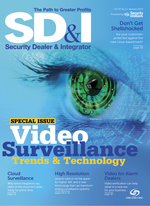
Identity Management for More Secure Video
Presidential Executive Order 13636, 'Improving Critical Infrastructure Cybersecurity,' issued in February, 2013, called for the development of a voluntary risk-based Cybersecurity Framework - a set of industry standards and best practices to help organizations manage cybersecurity risks. Version 1.0 of the framework was published by NIST in February, 2014. The Framework focuses on business drivers to guide cybersecurity activities and on considering cybersecurity risks in the organization's risk management processes.
read more -->
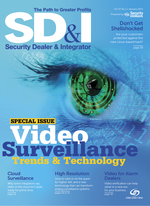
Video Vulnerability Alert: Don't Get Shellshocked
In Sept. 2014, a vulnerability known as Shellshock (also known as Bashdoor) was discovered and disclosed. And that's potentially big news for organizations who operate, maintain or otherwise use Linux-based security equipment - which can now be considered vulnerable to hackers.
read more -->
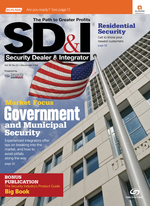
The Latest in Lighting and Power
Raytec (www.rayteccctv.com) has offered network controllable lighting for about two years, and a new wrinkle I recently noticed was powering the light via 'high PoE'. Two not-so-new innovations make this possible - high efficiency LED light sources and high PoE levels which go beyond the IEEE 802.3at PoE+ standard.
read more -->
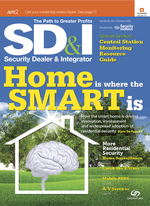
Hack Attack
Recently, I have been included in an extensive e-mail thread initiated by PSA's CEO, Bill Bozeman. Bill's e-mail obviously struck a chord with the many people who were included in this communication. In part, Bill said, 'We are at the beginning of what I perceive to be a major finger pointing blame game in our niche as related to cyber security. Who is at fault if physical security devices are hacked and information that was incorrectly assumed to be secure by the end user is stolen? Will the manufacturer be held accountable? the integrator? the consultant?'
read more -->
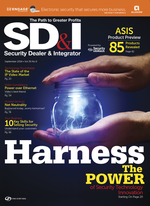
We're Surrounded
It's no secret that megapixel cameras have taken the market by storm, providing the ability to see more with fewer cameras, with progressively better video quality and digital PTZ features. Conversely, fish eye lenses providing up to 360 degree images of varying quality have been around for years. So, it's not surprising that the combination of high pixel density sensors and appropriate lenses, enhanced by sophisticated image processing algorithms, has led to expanded product offerings in really good 180 degree and 360 degree panoramic IP cameras. Let's take a closer look at these three elements to see how they have combined to create this growing class of products.
read more -->

UPS and Downs
Since early in time, back up batteries have been a fact of life in intrusion, access and even CCTV systems. Whether it is in a local panel or as part of a power supply enclosure, batteries serve the function of maintaining power during a limited duration power outage. UL standards cover these, requiring 4 hours for access control (UL294), 12 or 24 hours for intrusion (UL 603 and UL 1076), and 24 hours for fire (UL 864 and UL 1481). If video systems are used as sensors in these systems, they may full under the umbrella of these, also.
Uninterruptible power supply (UPS) systems provide protection beyond batteries, supplying line level voltage to certain end devices or to power supply panels themselves. If the power supply itself has battery backup, there is additional redundancy.
Let's examine some design considerations for these systems and features worth considering.
read more -->

Converging on Convergence
If the end point for where the explosion of network devices and available data is what we are coming to know as big data, it's useful to think about 'convergence' as a journey to that end. So the beginning of this journey today is from a position I'll call 'little data', or the information from a closed security system - cameras, some storage, video management, and often a tie into access control, loosely or tightly integrated.
read more -->
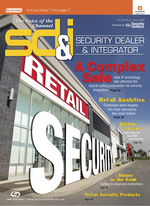
You Can't Kill Coax
It's funny how certain legacy security technologies seem to keep hanging on long past the handwriting of their demise is on the wall or find new life by being repurposed. A large number of analog cameras have shipped over the last 5 years, though their share of the market has steadily declined. Their close cousin, analog-to-fiber optic transceivers, have also stubbornly resisted extinction. But while these electronic product products are sure to go sooner or later, old transmission media doesn't have to. It's easy to see that fiber optic cable can be repurposed to carry any information for which it has the capacity. It's more of a stretch to think the same about coax, but coax lives on. Why? Because it's in place and it has high bandwidth - generally higher than twisted pair.
read more -->
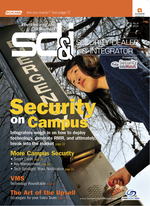
Lights, Camera..Activity
Newark Airport got quite a bit of press in February for its deployment of 171 LED light fixtures that form the backbone of a new wireless network that would not only control lighting, but also transmit data from security devices. The fact that surveillance cameras and activity sensors were to be part of this network caused a great deal of consternation - which tells me how little-informed the mainstream media, not to mention the public in general, really is when it comes to the potential of security technology.
read more -->

